Chile The 10 most touristically places, Chile, a land of diverse landscapes stretching from the arid Atacama Desert to the southern reaches of Patagonia, offers travelers a kaleidoscope of experiences. From the bustling streets of Santiago to the rugged beauty of Torres del Paine National Park, Chile is a country that captivates with its natural wonders, cultural richness, and historical significance. In this exploration, we delve into the ten most touristically renowned places in Chile, shedding light on the unique attractions that draw millions of visitors each year.
1. Santiago: The Dynamic Capital
Santiago, the capital and largest city of Chile, is a bustling metropolis nestled in the fertile Central Valley. The city seamlessly combines modern skyscrapers with colonial architecture, creating a dynamic urban landscape. The historic center, with landmarks like the Plaza de Armas and the Metropolitan Cathedral, reflects Santiago’s colonial past. The vibrant neighborhoods of Bellavista and Lastarria offer a mix of art galleries, trendy boutiques, and diverse dining options. Santiago’s role as a cultural and economic hub, combined with its accessibility to nearby natural wonders, makes it the gateway to Chile for many travelers.
2. Valparaíso: The Bohemian Port City
Valparaíso, a UNESCO World Heritage site, is a coastal city renowned for its colorful houses perched on steep hillsides, panoramic views of the Pacific Ocean, and vibrant street art scene. The city’s historic quarter, with its labyrinthine streets and funiculars, exudes a bohemian charm. The UNESCO-listed Historic Quarter showcases colonial and neoclassical architecture, while the street art in neighborhoods like Cerro Alegre adds a modern and dynamic flair. Valparaíso’s unique character, artistic spirit, and coastal beauty make it a must-visit destination for those seeking a blend of culture and seaside relaxation.
3. Torres del Paine National Park: Patagonian Wilderness
Torres del Paine, located in the southern reaches of Chilean Patagonia, is a national park celebrated for its pristine landscapes, rugged mountains, and iconic granite spires. The “towers” that give the park its name are towering peaks that draw hikers and adventurers from around the world. The W Circuit and the longer O Circuit offer trekking routes through diverse environments, including glaciers, lakes, and dense forests. The park is also home to diverse wildlife, including guanacos, foxes, and condors. Torres del Paine’s raw and unspoiled beauty, combined with its challenging trekking routes, makes it a bucket-list destination for nature enthusiasts and outdoor adventurers.
4. Easter Island: Enigmatic Moai Statues
Easter Island, or Rapa Nui, is a remote Polynesian island in the southeastern Pacific Ocean, known for its mysterious and iconic moai statues. These colossal stone figures, carved by the indigenous Rapa Nui people, dot the landscape and are a testament to the island’s rich cultural history. The archaeological sites of Ahu Tongariki and Rano Raraku, where the statues were quarried, are among the must-visit locations on the island. Easter Island’s isolation, unique Polynesian culture, and the enigma of the moai make it a destination that sparks the imagination and curiosity of travelers worldwide.
5. San Pedro de Atacama: Gateway to the Atacama Desert
San Pedro de Atacama, a town nestled in the high-altitude Atacama Desert, is a gateway to one of the driest and most surreal landscapes on Earth. The desert is punctuated by salt flats, high-altitude lagoons, and otherworldly rock formations. The Valle de la Luna (Valley of the Moon) showcases dramatic lunar-like landscapes, while the Tatio Geysers offer early-morning spectacles of steam rising from the Earth. San Pedro de Atacama’s proximity to unique natural wonders and its role as an astronomical hub make it a captivating destination for stargazers and those seeking the otherworldly beauty of the Atacama.
6. Chiloé Archipelago: Island Culture and Traditions
The Chiloé Archipelago, located off the coast of southern Chile, is an island chain known for its distinct culture, wooden churches, and traditional palafito houses. Chiloé’s folklore is rich with myths and legends, including the famous tales of the Caleuche ghost ship and the Chonchón, a mythical bird. The brightly colored wooden churches, several of which are UNESCO World Heritage sites, showcase a unique blend of Jesuit and indigenous architectural styles. The archipelago’s seafood-rich cuisine, vibrant festivals, and the unique stilt houses over the water contribute to Chiloé’s appeal as a destination that immerses visitors in Chilean island culture.
7. Puerto Varas and Frutillar: Lakeside Beauty
Puerto Varas and Frutillar, situated along the shores of Lake Llanquihue in the Chilean Lake District, offer stunning views of snow-capped volcanoes, lush landscapes, and charming German-inspired architecture. Puerto Varas, known as the “City of Roses,” features quaint streets, a picturesque waterfront, and the iconic Osorno Volcano in the background. Frutillar, with its Teutonic influence, showcases beautifully preserved houses, gardens, and the historic Teatro del Lago. The lake district’s natural beauty, combined with its cultural and architectural charm, makes Puerto Varas and Frutillar idyllic lakeside destinations.
8. La Serena: Astronomical Oasis
La Serena, a coastal city in northern Chile, is renowned for its clear skies and its role as a gateway to some of the world’s most exceptional astronomical observatories. The region’s dry climate and geographical features make it an astronomical oasis, attracting astronomers and stargazers. The Cerro Tololo Inter-American Observatory and the Gemini South Observatory are among the prominent facilities in the area. La Serena’s colonial architecture, picturesque beaches, and its annual Fiestas de la Vendimia (Harvest Festival) further contribute to its appeal as a destination that seamlessly combines scientific exploration with cultural experiences.
9. Pucón: Adventure Hub in the Lake District
Pucón, located in the Chilean Lake District, is an adventure-lover’s paradise surrounded by lakes, volcanoes, and lush forests. The iconic Villarrica Volcano, often capped with snow, provides a dramatic backdrop to the town. Pucón offers a wide array of outdoor activities, including hiking, skiing, and water sports on Lake Villarrica. The Huerquehue National Park, known for its ancient Araucaria trees and picturesque waterfalls, is a popular destination for nature enthusiasts. Pucón’s blend of adrenaline-pumping adventures and natural beauty makes it a favorite destination for those seeking an active and immersive experience.
10. Viña del Mar and Valparaíso: Coastal Twin Cities
Viña del Mar and Valparaíso, neighboring coastal cities, collectively offer a diverse range of attractions, from lively beaches to artistic neighborhoods. Viña del Mar, known as the “Garden City,” boasts manicured parks, sandy beaches, and the iconic Flower Clock. The city’s annual Viña del Mar International Song Festival attracts music enthusiasts from around the world. Valparaíso, with its historic funiculars, vibrant street art, and UNESCO-listed Historic Quarter, is a cultural and artistic hub. The cerros (hills) of Valparaíso offer stunning views of the Pacific Ocean and the colorful city below. Viña del Mar and Valparaíso’s combination of coastal beauty, cultural richness, and artistic spirit make them a unique and complementary pair of destinations.
In conclusion, Chile’s allure as a tourist destination stems from its diverse and breathtaking landscapes, rich cultural heritage, and the unique blend of urban and natural attractions. Each of the ten highlighted destinations showcases a different facet of Chile’s multifaceted beauty, inviting travelers to explore the country’s unique blend of adventure, relaxation, and cultural experiences. Whether trekking through the Patagonian wilderness, marveling at the moai statues on Easter Island, or stargazing in the Atacama Desert, Chile stands as a testament to the richness and diversity of South America’s hidden gem.


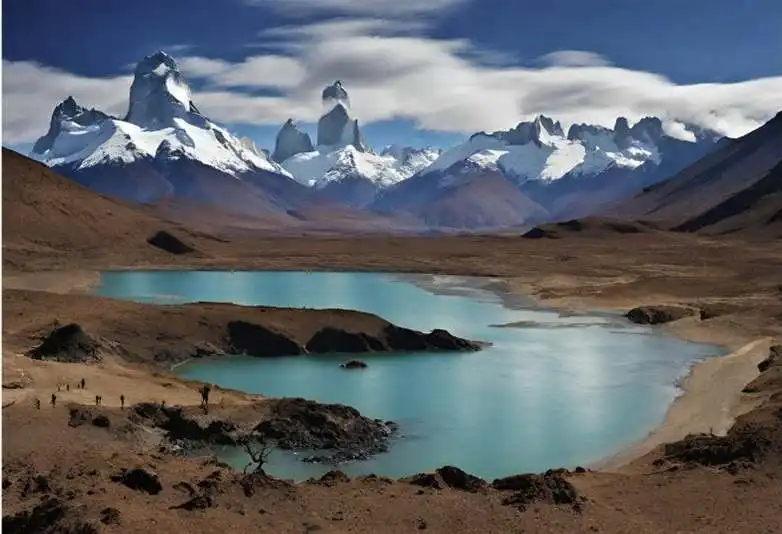
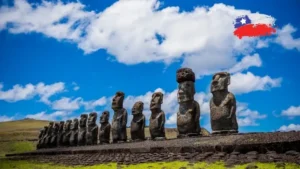
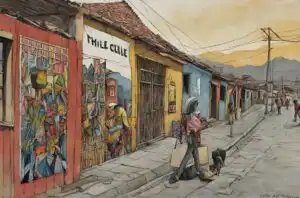




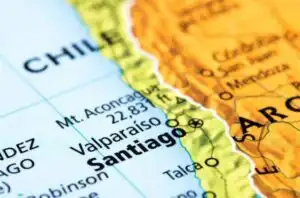


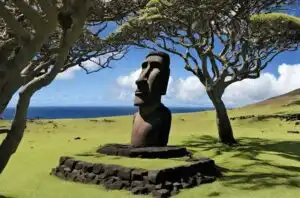
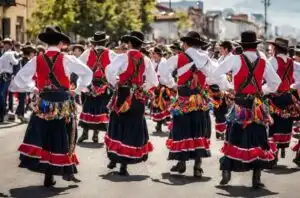






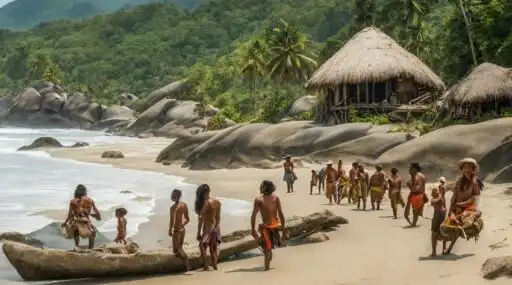
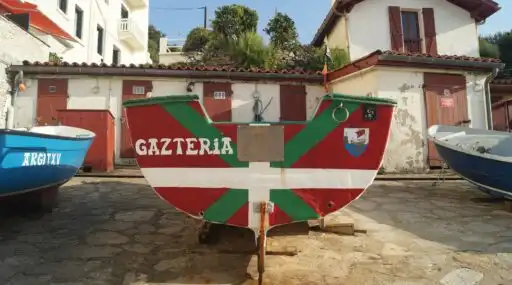

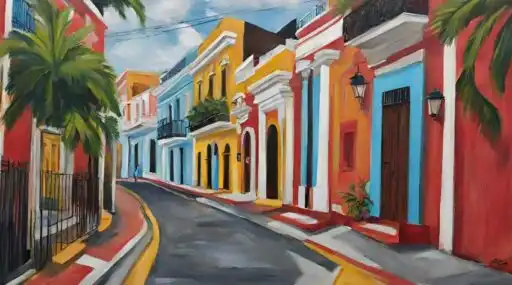


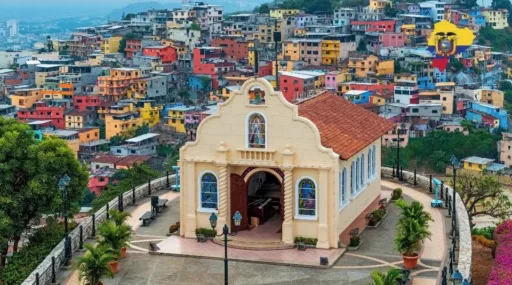



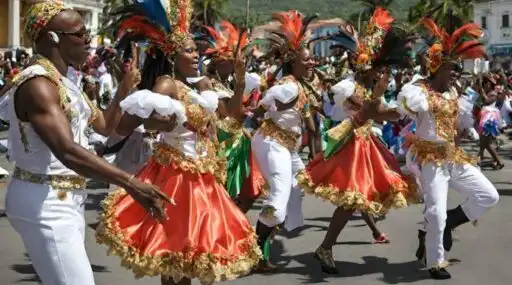












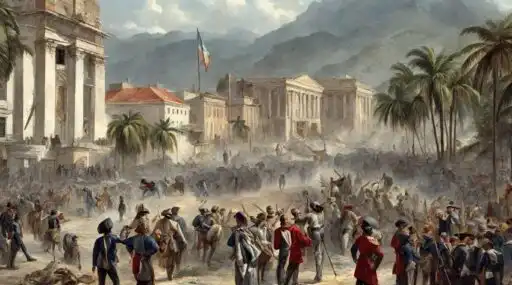



Leave a Reply